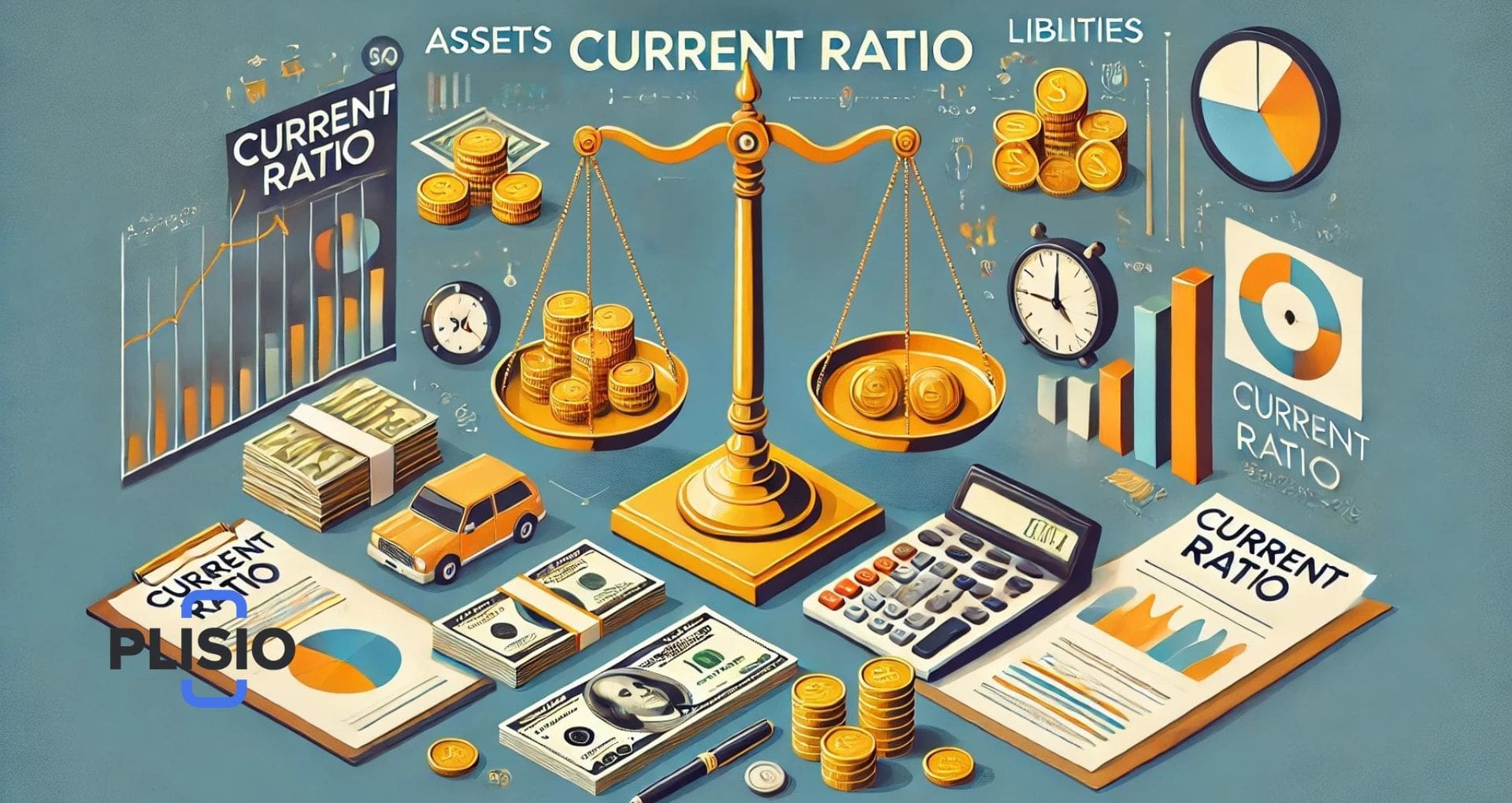How to Calculate Current Ratio: A Comprehensive Guide

Understanding a company's financial health is crucial, whether you are an investor, lender, or even a business owner. One of the key indicators that helps assess short-term financial stability is the current ratio. In this guide, we will cover everything you need to know about the current ratio, including how to calculate it, why it is important, and what it means for a business. We'll also provide practical insights and examples to illustrate how you can use this metric effectively.
What is the Current Ratio?
The current ratio is a fundamental financial metric used to determine a company's ability to meet its short-term obligations. It is calculated by dividing current assets by current liabilities. This metric is particularly useful for stakeholders who want to assess a company's liquidity and financial health.
Current Ratio Formula
The formula for calculating the current ratio is straightforward:
Current Ratio = Current Assets / Current Liabilities
Current assets include cash, marketable securities, accounts receivable, inventory, and other assets that are expected to be converted into cash within a year. Current liabilities, on the other hand, are obligations such as accounts payable, short-term debt, and other liabilities that are due within the same period.
How to Calculate the Current Ratio
To understand how to calculate the current ratio, consider this example:
If a company has $100,000 in current assets and $50,000 in current liabilities, the current ratio would be calculated as follows:
Current Ratio = $100,000 / $50,000 = 2.0
This indicates that the company has $2 in current assets for every $1 of current liabilities, suggesting a strong liquidity position.
How to Find the Current Ratio in Accounting
In accounting, finding the current ratio is often part of preparing financial statements. It requires a detailed understanding of a company's balance sheet. Current assets and current liabilities are two major components listed on the balance sheet. To accurately find the current ratio, one must ensure that all relevant items are correctly classified under these categories. This ensures a realistic representation of the company’s financial capability.
What is a Good Current Ratio?
A current ratio greater than 1 implies that a company can cover its short-term obligations with its current assets. However, the ideal current ratio varies by industry. Generally:
- Current Ratio < 1: This could indicate liquidity problems, suggesting that a company may struggle to pay off its short-term debts.
- Current Ratio = 1-2: This is often considered optimal, showing that the company has enough assets to meet its liabilities but is not holding excess idle assets.
- Current Ratio > 2: While a higher current ratio might seem better, it could also mean that the company has underutilized assets, which might be better invested elsewhere.
Industries with rapid inventory turnover, such as retail, may function well with a lower current ratio, while industries with longer operating cycles often require a higher ratio to maintain adequate liquidity.
Current Ratio vs. Quick Ratio
While the current ratio provides a broad view of a company’s liquidity, it is not the only metric available. Another important ratio is the quick ratio (or acid-test ratio), which excludes inventory from current assets to give a stricter assessment of liquidity.
The formula for the quick ratio is:
Quick Ratio = (Current Assets - Inventory) / Current Liabilities
This metric is especially useful for companies where inventory is not easily convertible to cash or for assessing financial health in scenarios where immediate liquidity is needed.
Practical Use of the Current Ratio
Regularly monitoring the current ratio helps both internal management and external stakeholders make informed decisions regarding the financial health of the company. Investors use this metric to determine whether a company is a safe investment, while lenders may assess it before approving loans. A high current ratio can instill confidence, whereas a lower ratio might indicate risks associated with liquidity.
Conclusion
The current ratio is a critical measure of a company's financial well-being, specifically focusing on its short-term liquidity. By understanding how to calculate the current ratio and interpreting its values, stakeholders can make informed judgments about the company's capacity to meet its short-term obligations. However, it’s important to remember that no single metric provides a complete picture. Using the current ratio alongside other financial indicators, like the quick ratio, can offer a more comprehensive understanding of a company's financial stability.
Stay proactive in monitoring financial ratios to ensure that short-term liabilities are always covered, promoting overall business health and sustainability.
